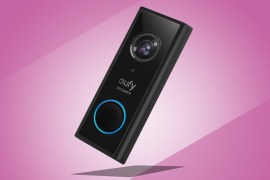Nothing Phone 1 vs Google Pixel 6a: Which is best?
Google usually has the affordable Android space sewn up. Can the Nothing Phone 1 change that?
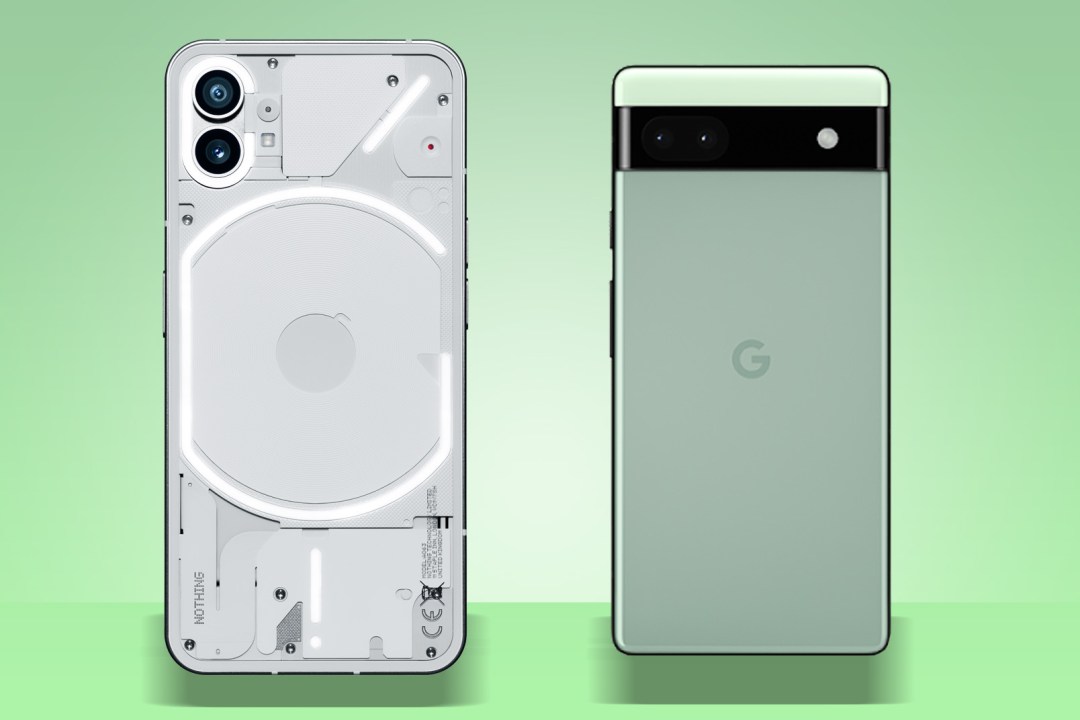
So you’re after in the market for a new phone, preferably one that won’t break the bank, and have narrowed it down to either the Nothing Phone 1 or Google Pixel 6a.
The former comes from a flashy new start-up with a love of transparent tech and unique lighting, but is a bit of an unknown entity. The other looks set to be the latest in a string of excellent affordable handsets, straight from the company that’s actually in charge of Android. Which one gets your cash?
We’ve had both in for testing, so can finally give a verdict on which is the best bang for your buck.
Nothing Phone 1 vs Google Pixel 6a: price & release date
The Nothing Phone 1 is on sale now. The entry-level 8GB/128GB variant will cost £399, with 8GB/256GB setting you back £449 and 12GB/256GB costing £499.
The Google Pixel 6a goes on sale from the 28th of July, with pre-orders open now. The sole 128GB variant will cost £399/$449.
Nothing Phone 1 vs Google Pixel 6a: tech specs
| Nothing Phone 1 | Google Pixel 6a | |
| Display | 6.55in OLED 2400×1080, 120Hz | 6.1in OLED 1080×2400, 60Hz |
| Rear Cameras | 50MP (main) 50MP (ultrawide) | 12.2MP (wide), 12MP (ultra-wide) |
| Front camera | 16MP | 8MP |
| Processor | Qualcomm Snapdragon 778G+ | Google Tensor |
| RAM | 8/12GB | 6GB |
| Storage | 128/256GB | 128GB |
| Battery | 4500mAh | 4410mAh |
| Dimensions | 159x76x8.3mm | 152.2×71.8×8.7mm |
| Weight | 194g | 178g |
Design: svelte or see-through?
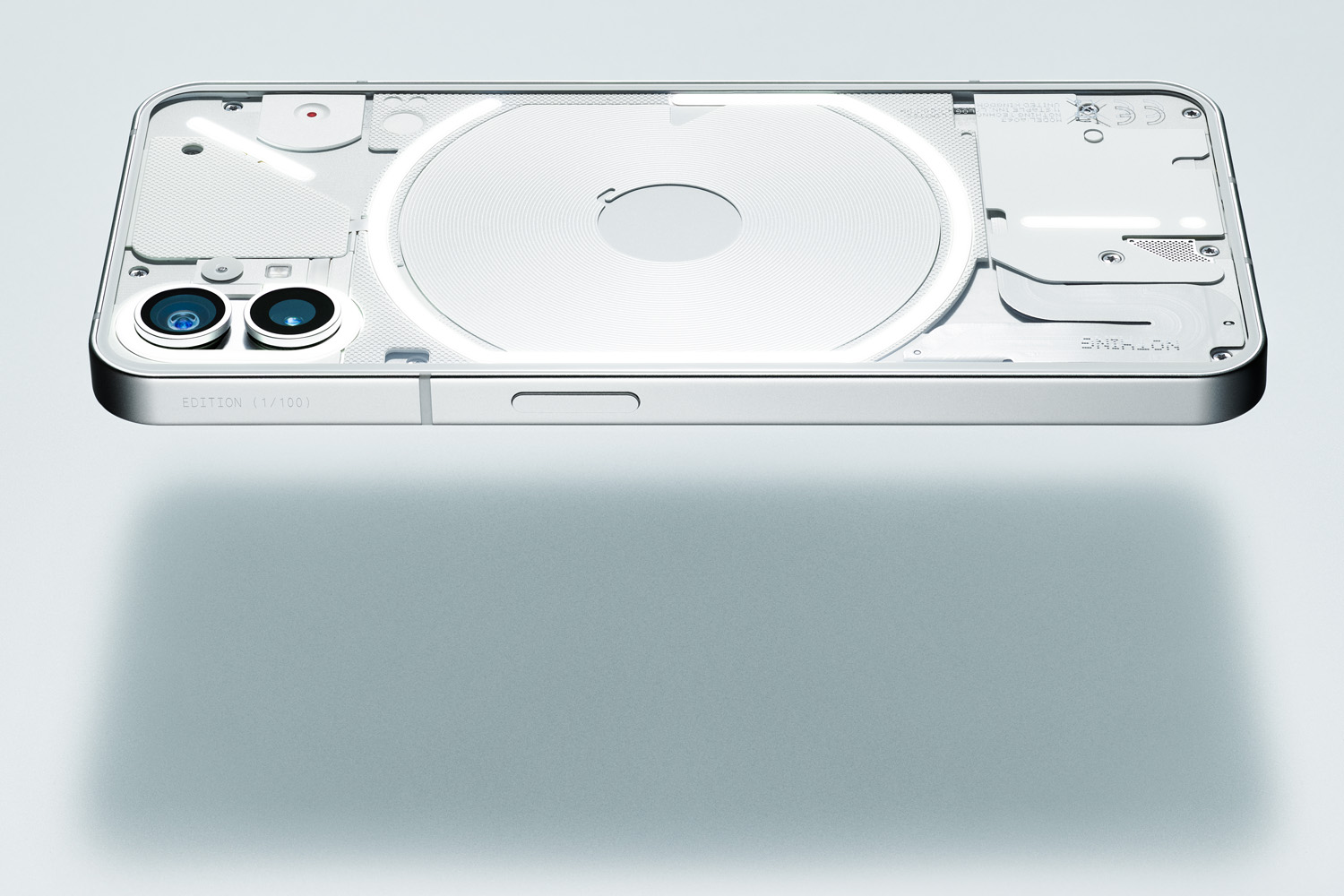
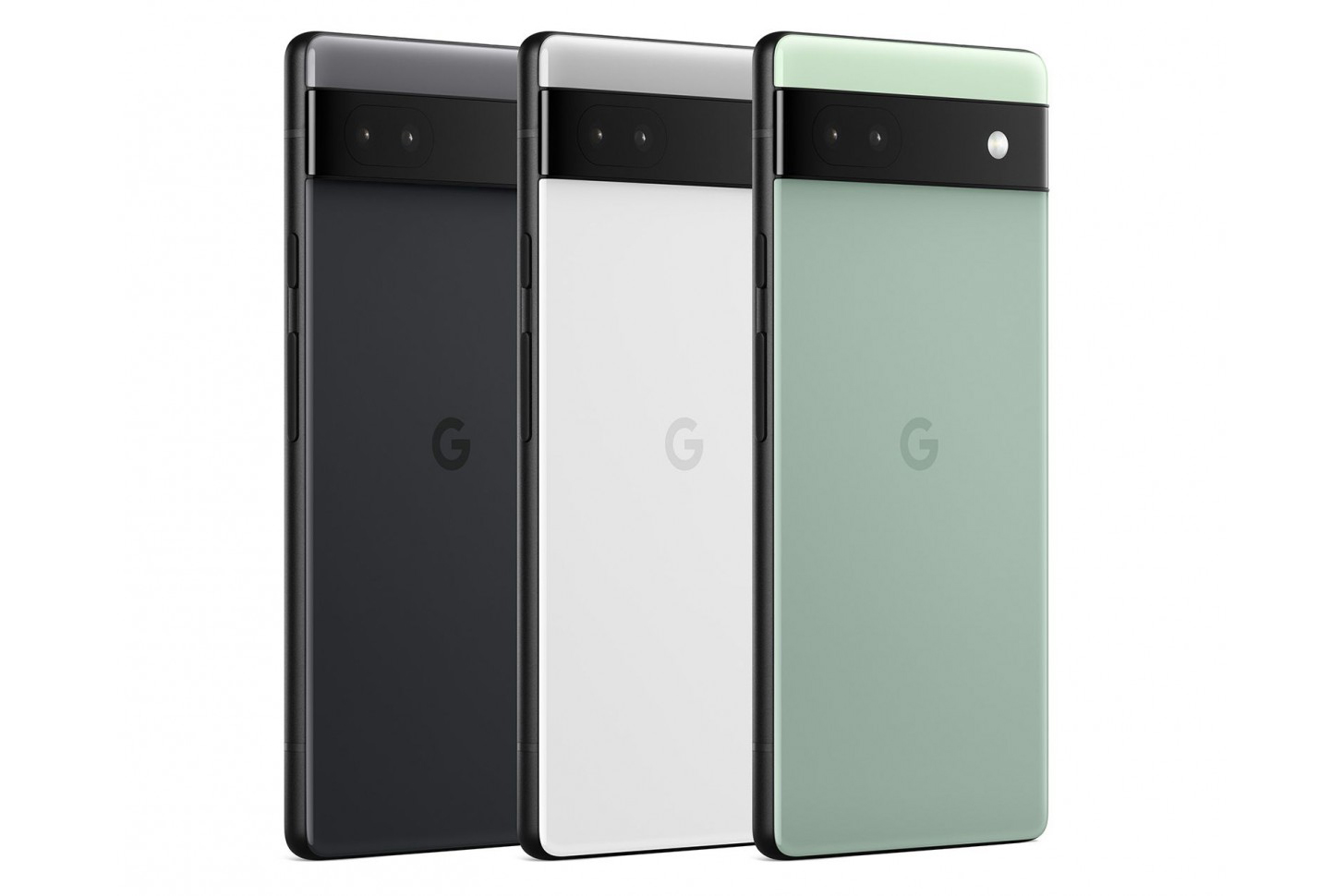
Both the Pixel and the Phone 1 have the styling we’d expect from far pricier phones. On Google’s end, that’s because it has essentially taken wholesale from the Pixel 6 and Pixel 6 Pro, including the width-spanning camera bar on the back. It’s made from plastic, rather than glass, though.
Nothing, on the other hand, seems to have taken a teeny bit of design inspiration from Apple. It has completely flat glass and flat metal frame, like the iPhone 13.
Flip it over, though, and you’ll immediately spot the firm’s unique transparent design in full effect. The see-through glass shows off the phone’s inner workings, including a wireless charging coil and the unique glyph interface lighting, which flashes when notifications come in. For sheer wow factor, it takes the win.
Verdict: Nothing Phone 1
Screen: that’s refreshing
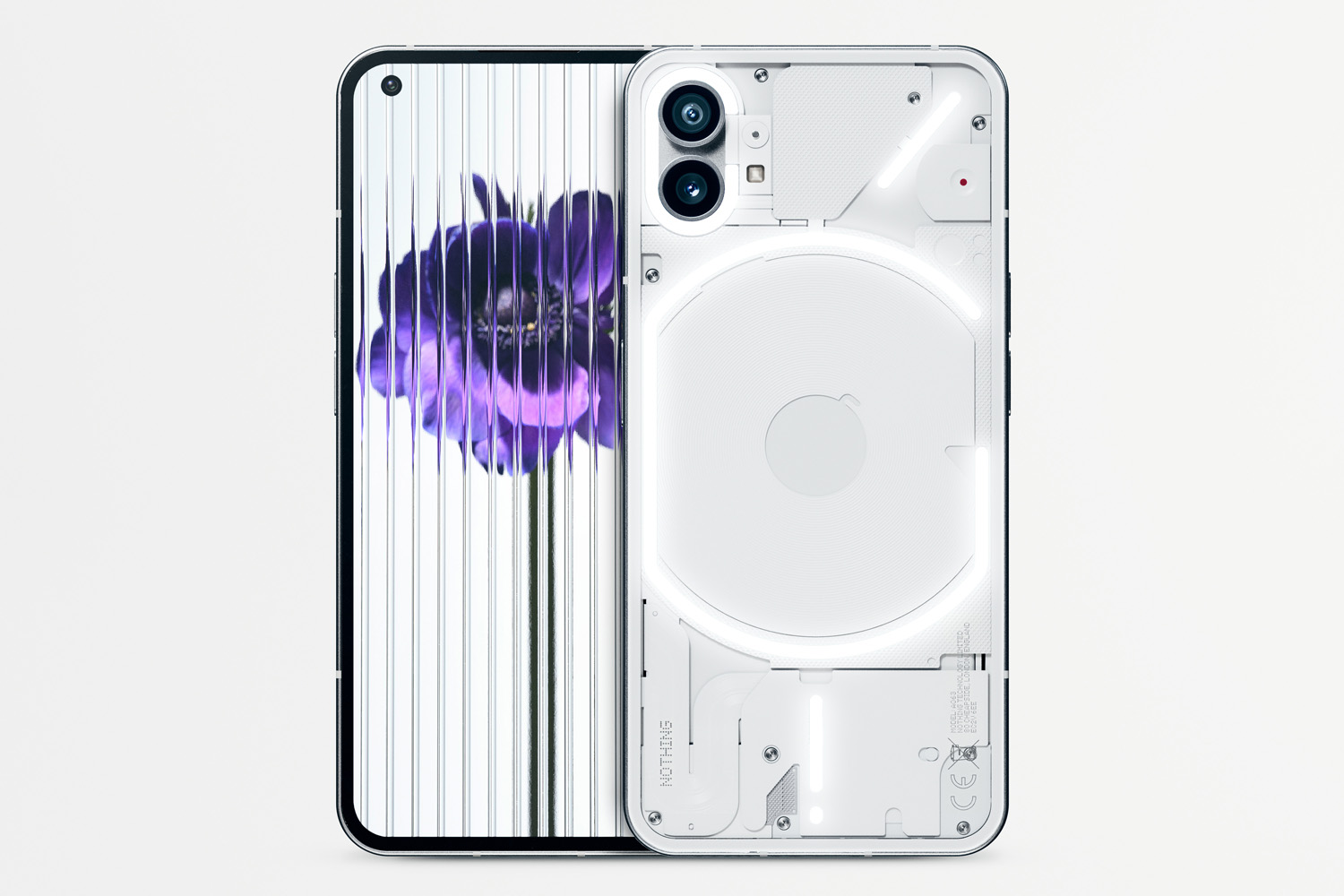
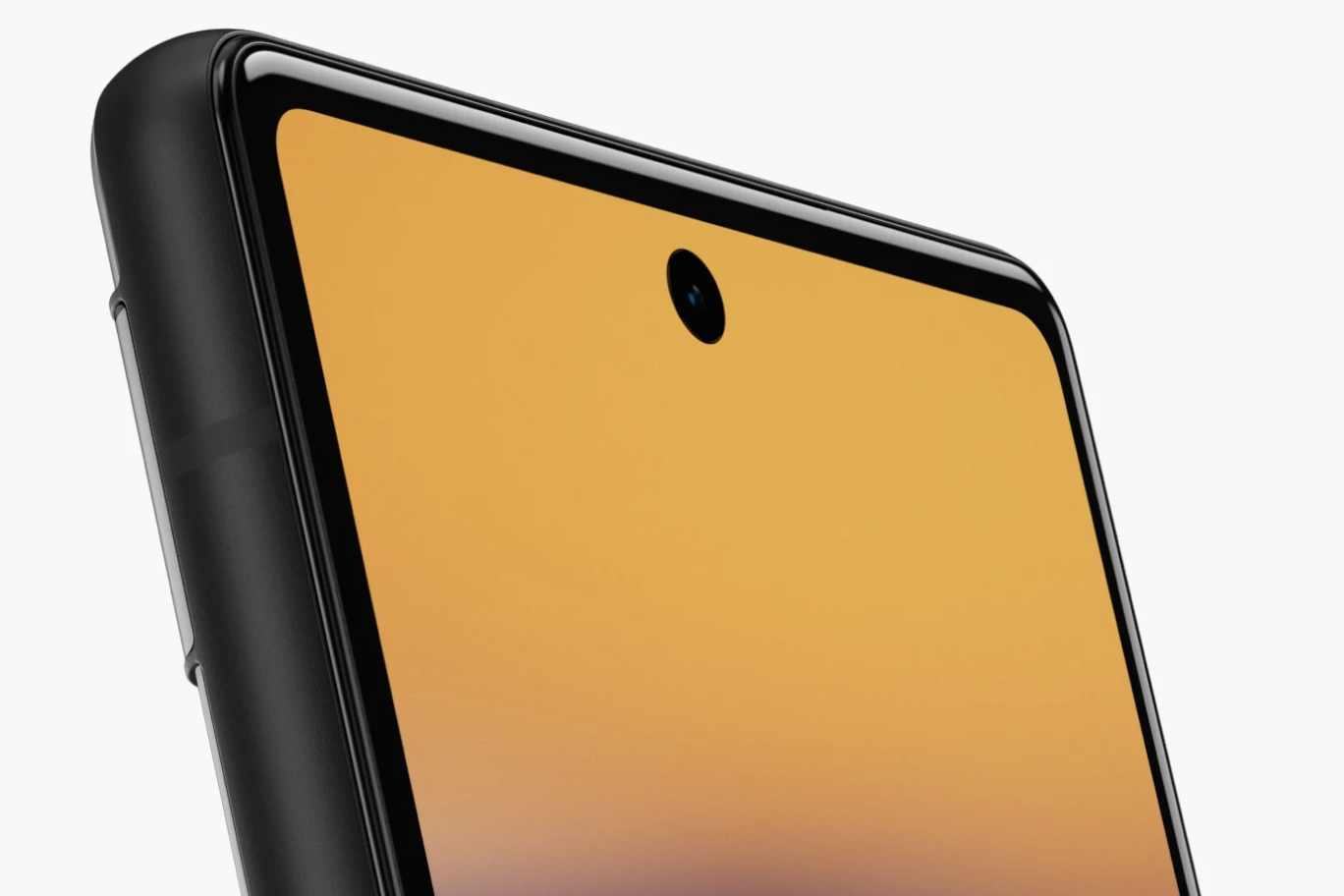
Google’s affordable phones tend to stick to smaller screen sizes, and the Pixel 6a is no different. At 6.1in it’s reasonably compact, with respectably skinny screen bezels given its affordable nature. The 2400×1080 resolution is bang on the money, too. As with other Pixel phones, it’s using an AMOLED panel for unbeatable contrast.
Nothing has gone bigger with a 6.55in panel, but stuck with a 2400×1080 OLED. Bezels are even on all four sides, and the hole punch camera has been moved to the upper left corner, rather than the centre like it is on the Pixel 6a. Overall pixel density might be down compared to Google’s phone, but there’s really not much in it.
The big separator is refresh rate. Google has stuck with a vanilla 60Hz for the Pixel 6a, which isn’t a big surprise given the more expensive Pixel 6 has a 90Hz panel. There’s got to be a reason to want to step up, after all. Problem is, Nothing doesn’t have to balance a range full of multiple handsets (not yet, anyway), so it can go all out for Phone 1. It has a 120Hz panel, which will make scrolling through social media feeds and website that much smoother.
Verdict: Nothing Phone 1
Camera: all down to algorithms
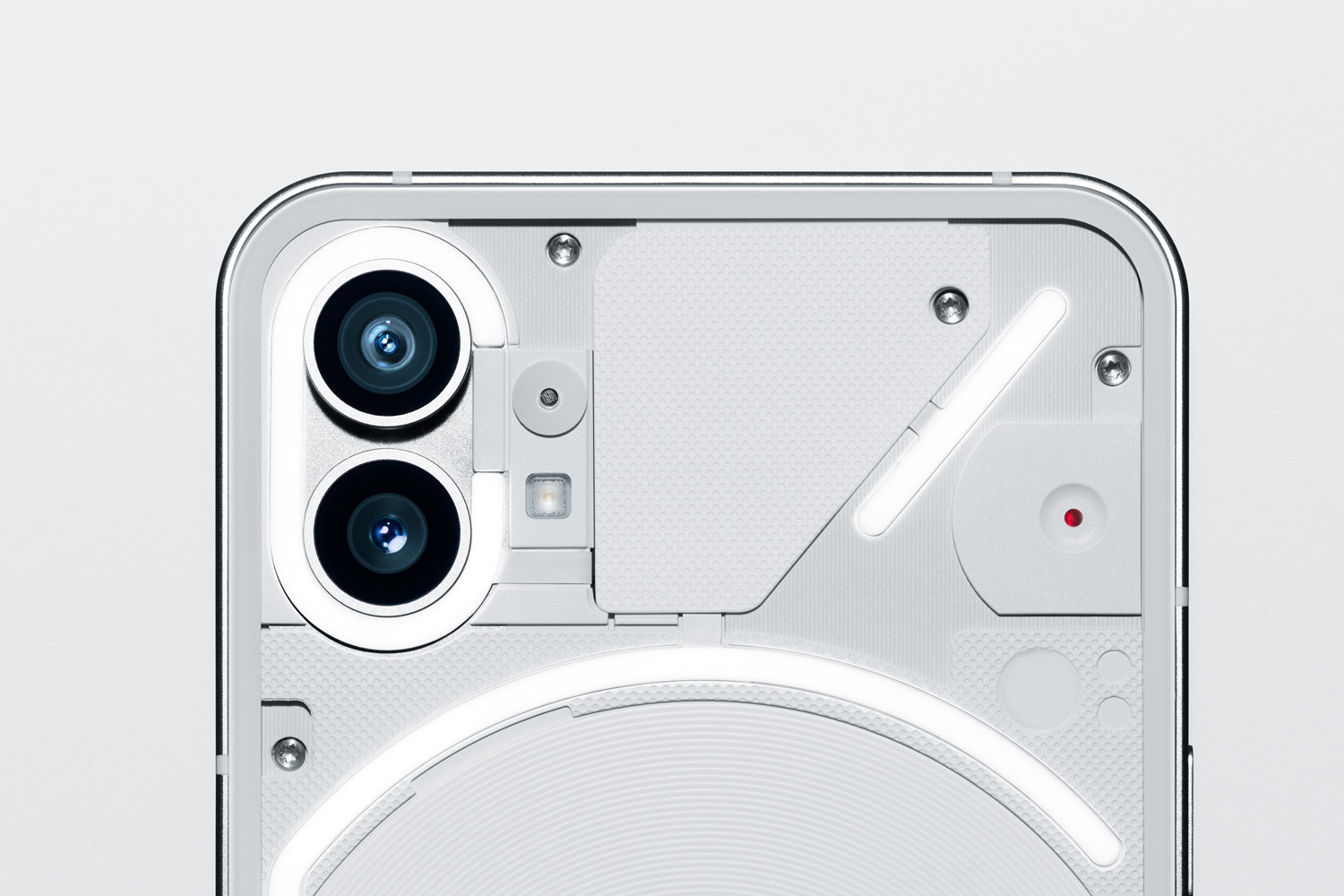
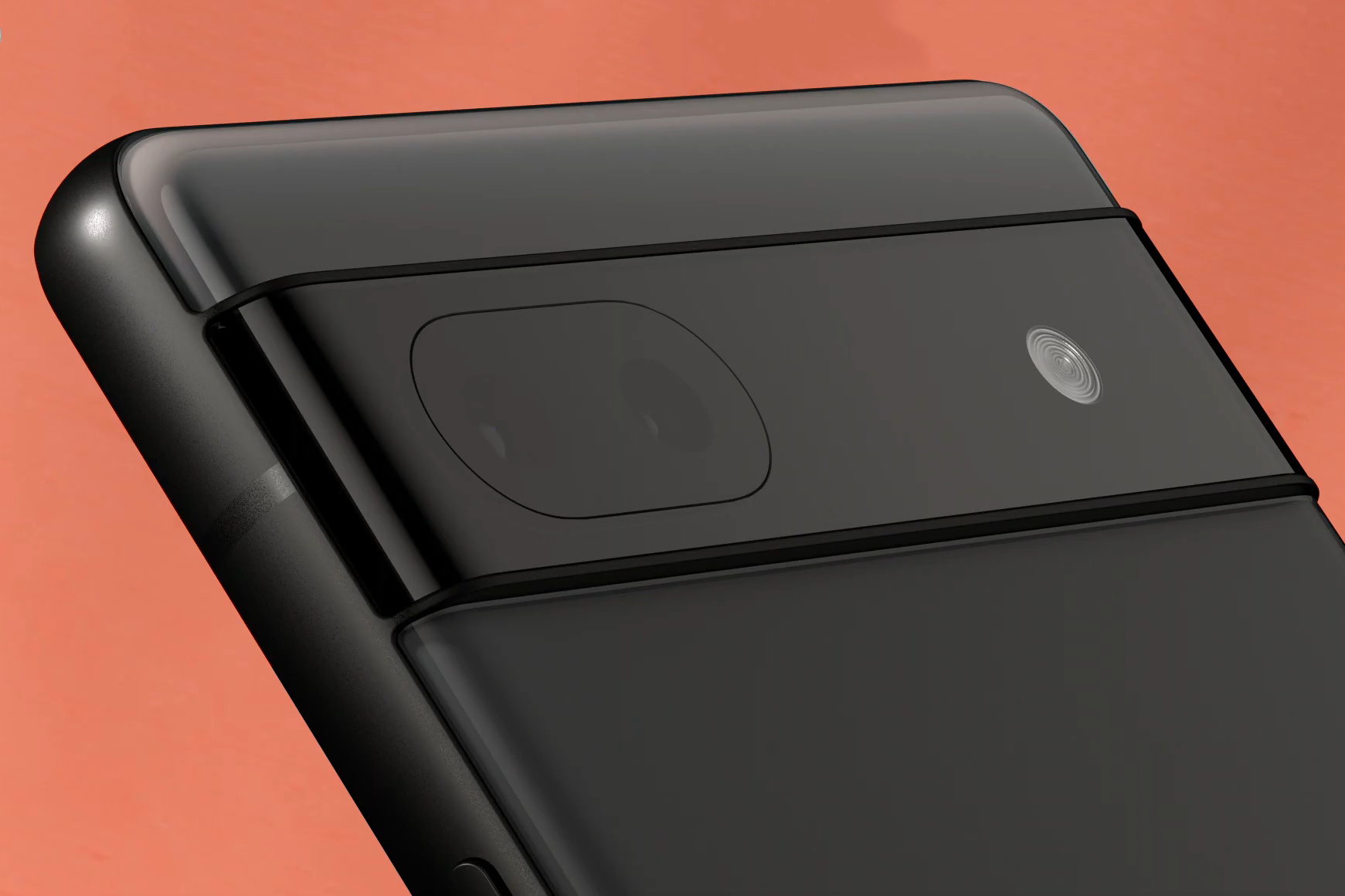
While both phones have a duo of rear cameras (one main, one ultrawide), Nothing seemingly has a head start over the Pixel 6a with its two 50MP sensors. Google’s phone makes do with two 12MP sensors, which won’t be able to resolve as much detail. Phone 1 also gets the benefit of glyph lighting, which can be used as a fill light for close-up shots.
Pixel count is only part of the story, of course: sensor size dictates how much light each one can capture, and Google knows a thing or two about extracting excellent photos from its hardware. Its algorithms are able to stack multiple exposures to finely balance image brightness, and work wonders in low light.
We’ve got to hand the win to Google here – it’s able to do more with less, and takes stunning images for such an affordable phone. Nothing isn’t as far behind as you’d expect given its newbie status, though.
Verdict: Google Pixel 6a
Performance: you look Tensor
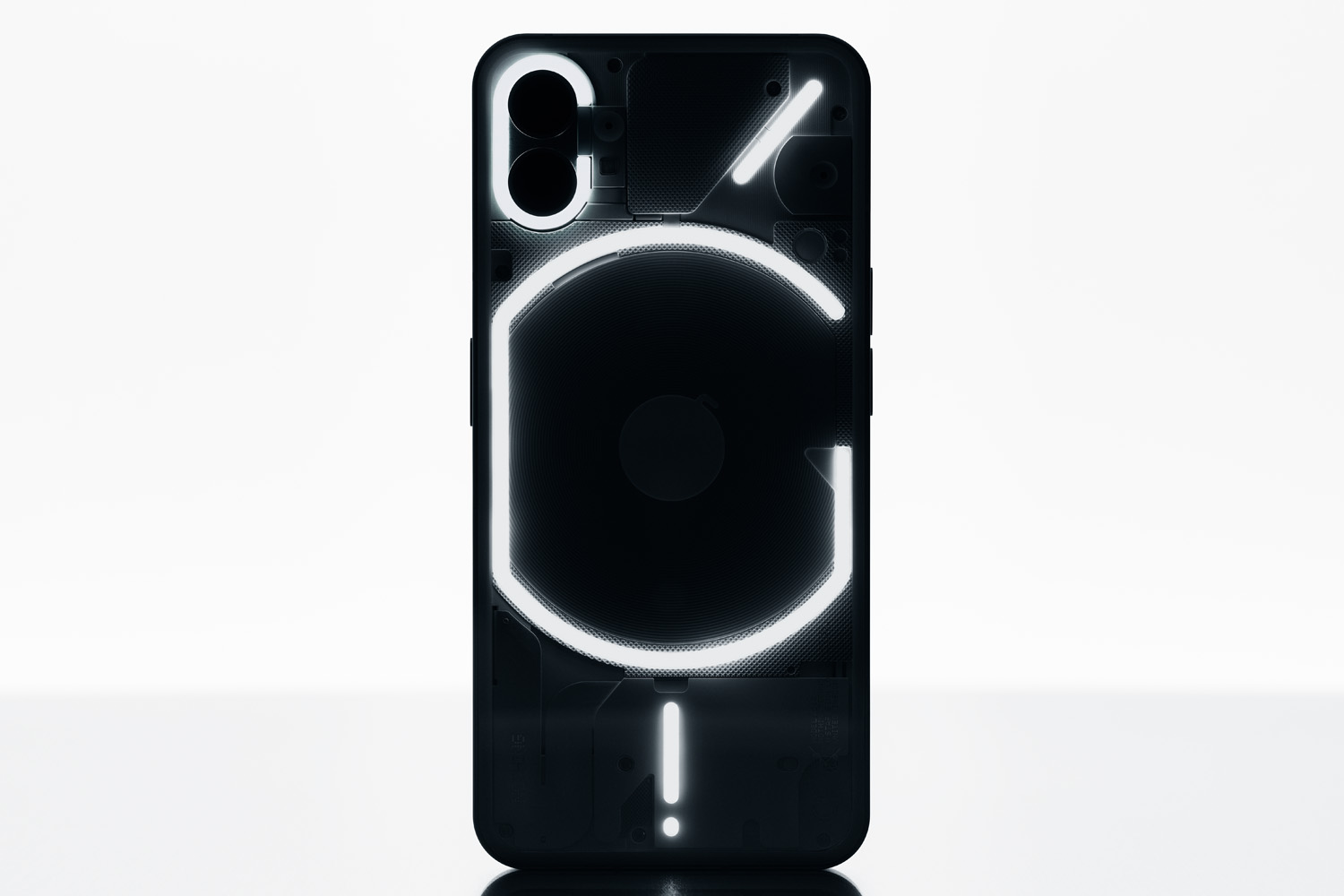
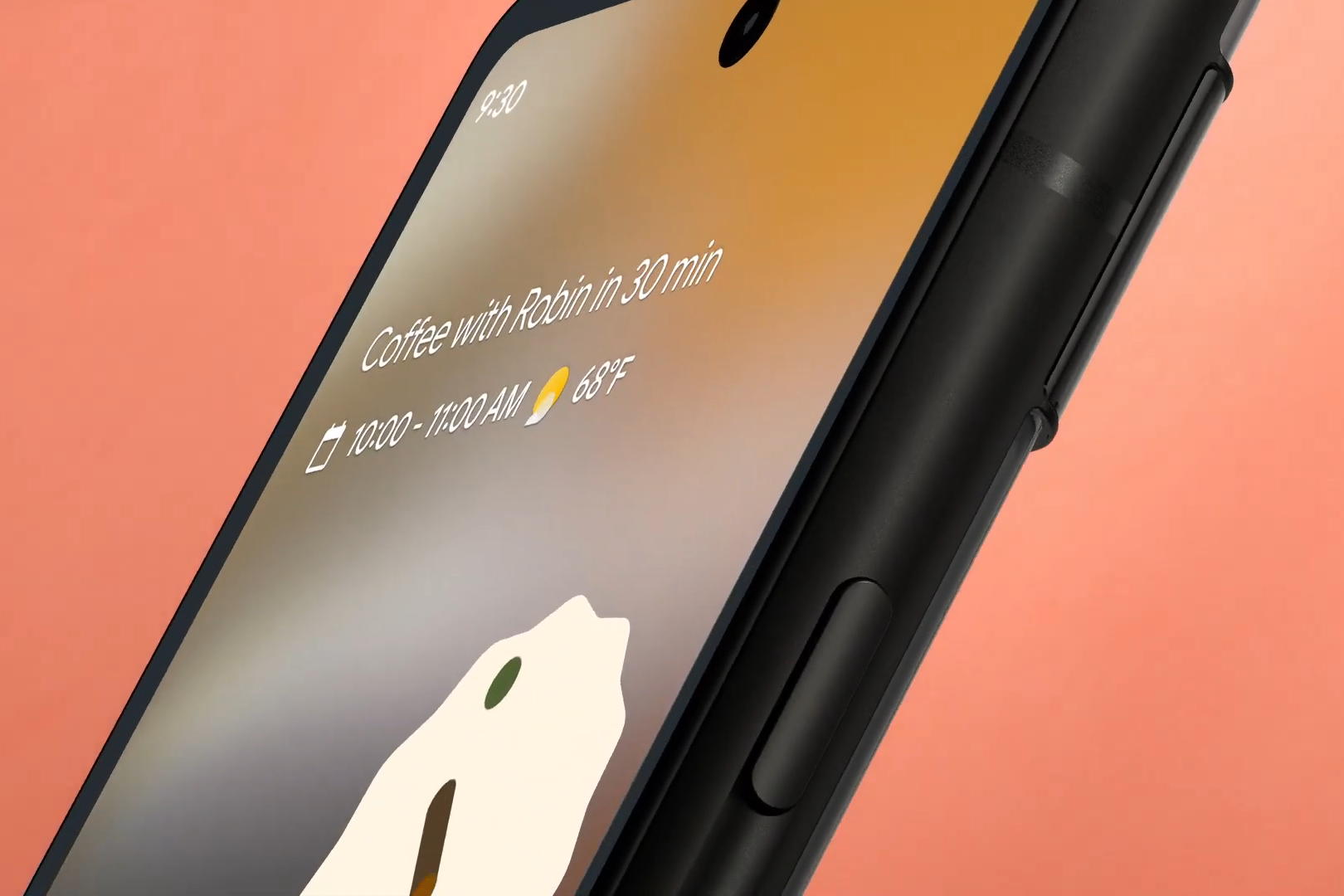
It’s a bit of a technicality, but both phones do have their own bespoke silicon. Nothing asked Qualcomm to add wireless charging and reverse charging support to the Snapdragon 778G+ CPU it’s using in Phone 1, as that chip doesn’t natively support the tech. It means you won’t find any other phones with those features – but it is still very much a mid-range processor underneath. It’ll run Android 12 smoothly enough, and will play most games with a few detail settings dialled back.
Google has used its Tensor chip in the more expensive Pixel 6 and Pixel 6 Pro, so the Pixel 6a is hardly going to struggle with any app or game available in the Google Play Store right now. It has less memory, but for daily use you wouldn’t know it.
If power is what matters, the Pixel 6a should be the phone to go for.
Verdict: Google Pixel 6a
Battery and perks: cable cutter
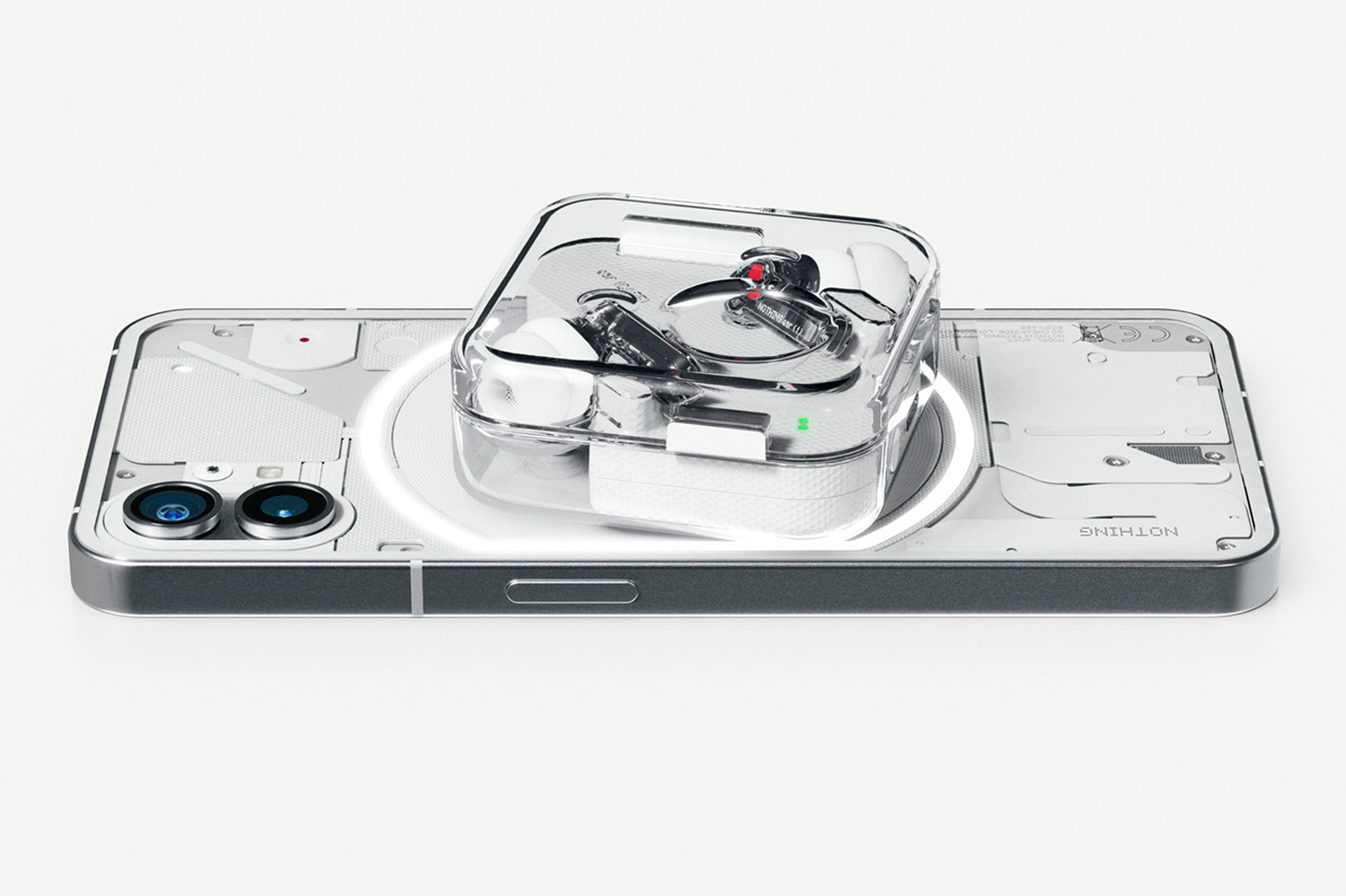
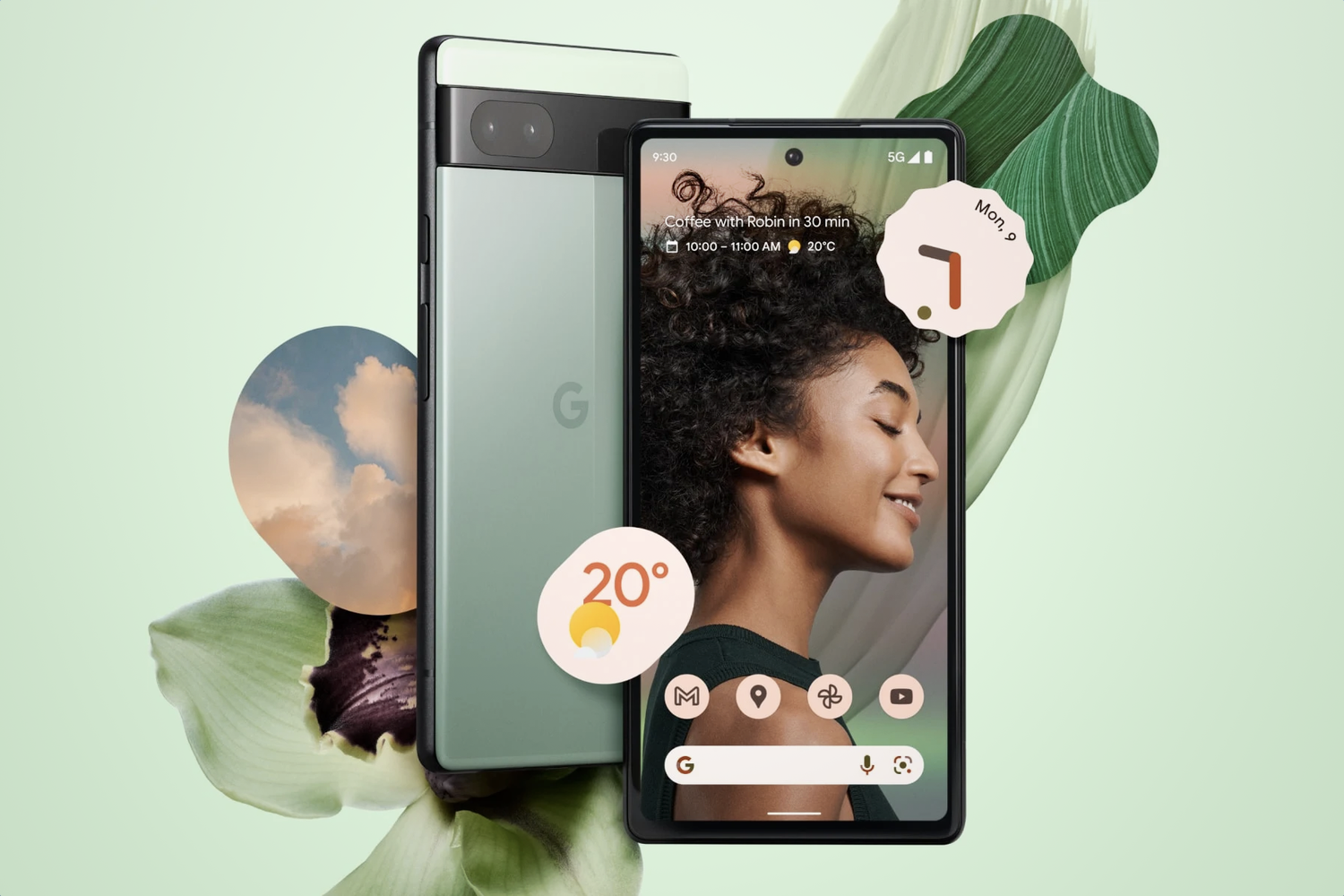
On paper, the Nothing Phone 1 edges ahead of the Pixel 6a with its slightly bigger battery. It has a 4500mAh cell, while the 6a makes do with 4410mAh. There’s not much in it, but Pixel’s Tensor CPU also has higher power consumption than the Snapdragon 778G. However, in our testing, it was the Pixel that routinely came out on top. Phone 1 sometimes wouldn’t last all day, whereas the Pixel was almost always good for morning-to-evening use with a little left in reserve to last through the night.
Nothing has the advantage on charging speeds, managing 50W on a compatible charger. It can also charge wirelessly. The Pixel 6a is only good for a pedestrian 18W, and doesn’t support any kind of wireless charging.
On the software side, going with Google guarantees you’re getting the latest Android updates as soon as they land – and as the dev team intended, with no outside interference from third parties. Nothing has promised several years of updates for Phone 1, but we’ve yet to see how quickly it can churn out security and software updates.
Verdict: Google Pixel 6a
Verdict: Google takes it (except where it doesn’t)
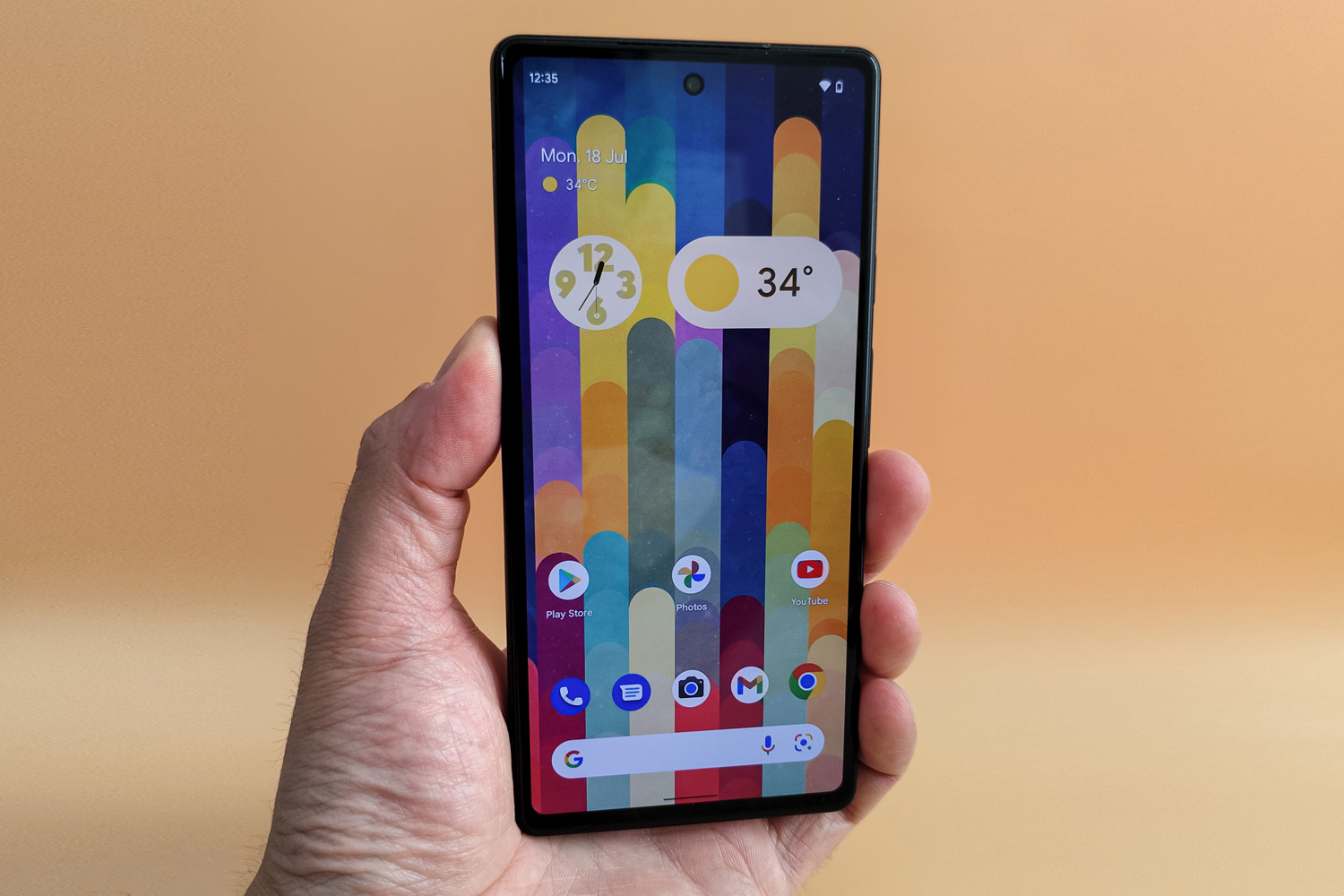
We can’t help but feel Nothing has pulled a blinder by pricing its debut effort so low – there’s simply no way we’d be comparing it against the might of Google if it was a more expensive device. It might fall behind in a few places, but the fact it can give the Pixel 6a a bloody nose at all is mighty impressive.
The unique styling, faster charging and unique glyph lighting all give it a real edge in everyday use – but ultimately we didn’t think that was enough to offset the Pixel’s beefier processor, more consistent battery life, and excellent track record when it comes to algorithmic photography. Throw in the guaranteed early Android updates (we’re yet to see how quickly Nothing can turn things around) and it’s the phone we’d spend our own cash on right now.
That said, anyone wanting wireless charging (or who has used a high refresh rate display in the past and can’t face dropping down to 60Hz) will still find reasons to check out Phone 1.
Winner: Google Pixel 6a


